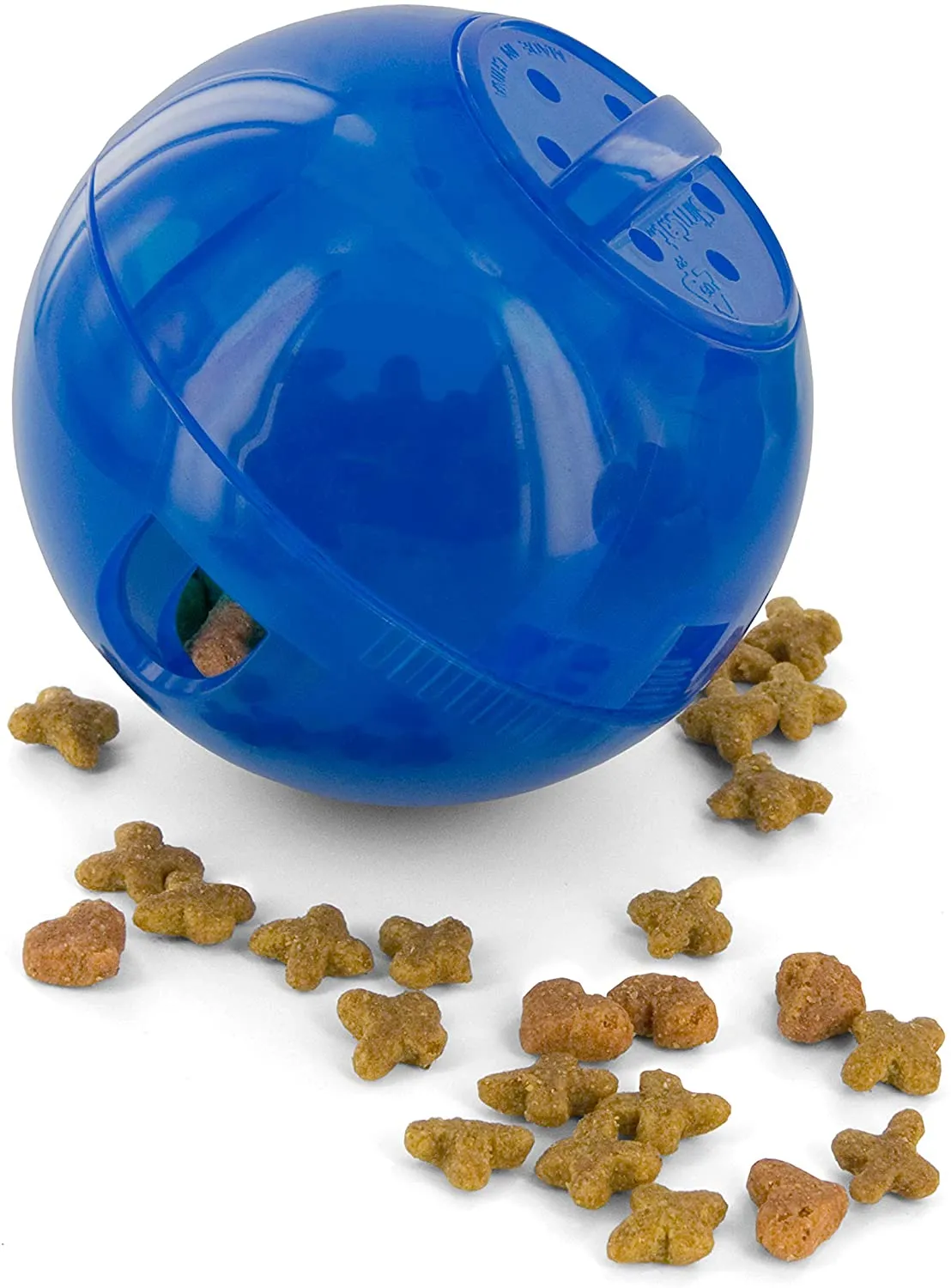How do I make my cat happy
What does a cat-friendly environment look like? and what else needs to be done to make a cat happy? Cats are complex animals. On the one hand they are prey animals that like to hide and on the other hand they are hunters who want to run and jump. They like fixed habits, but also always new challenges and incentives.
Eat Drink
- Place food and water at least two meters apart and away from the litter box.
- Place several drinking troughs or drinking fountains in the house, for more information visit Drinking behavior of cats.
- Cats prefer to eat from low containers.
- Choose a way of feeding that suits your cat, do not suddenly change the feeding frequency.
- Choose the right food, appropriate to the age of your cat and adhere to dietary guidelines.
- Watch your cat's weight!
- If you have several cats, it is essential that they can all eat and drink in peace, without being bothered by the other. Eating side by side is not a given for cats.
- A feeding game makes your cat take longer to eat and gives him a challenge that makes him happy again. There are various ready-made feeding games that you can buy, but crafting something yourself with, for example, an empty toilet roll is also completely fine. Take a look at hersenwerkvoorkatten.nl for more tips.

Plenty of places
An important maxim for the number of places in a multi-cat household is the number of cats in the house +1. Especially for cats that are not the best of friends, they should be able to avoid each other. This can be done by providing sufficient (high) sleeping and viewing areas. Places in quiet corners also contribute to this. Every cat needs an equally enjoyable time alone. A few cardboard boxes loose in the room or in a cupboard are ideal.
Litter boxes
Multiple litter boxes are desirable in a household with more than 1 cat. Signals from dominant cats are very subtle. Staring the other in the eye, obstructing the passage to the litter box, they do it without us noticing. So also for the number of litter boxes: the number of cats +1. Place them scattered around the house and in quiet places.
Scratch marks
When cats scratch something, they leave their scent behind and this is very important to them. That is why the number of scratching opportunities is also very important, these must be enough and spread throughout the house. These do not have to be the largest, most expensive versions, a simple pole, mat, plank or piece of carpet will do, as long as there are several! Also pay attention to how your cat scratches. Some like to scratch vertically, others horizontally.
Security and predictability
- Cat flaps can be a source of stress if they allow other cats to enter. Chipped cat flaps will in many cases keep out strange cats. If there are tensions with neighboring cats, do not put food, drink or litter box near the cat flap. This can lead to feelings of insecurity and sometimes even peeing in the house.
- Predictability is very important. An environment that is unpredictable and/or uncontrollable for the cat inevitably leads to stress. Unpredictability can also arise if you punish the cat, due to the busy behavior of small children, quarrels in the family, a renovation, etc.
Give your cat a choice to move away from a stressful situation.
Environmental enrichment
Environmental enrichment
A cat is a hunter that needs to be able to run and jump and also have new stimuli every time.
- Do not leave toys, but alternate them.
- Ditto for cardboard boxes, play tunnels, etc.
- Toys that are predictable, such as a track with a ball in it, quickly become boring. It is also better to alternate these regularly.
- Think of scent enrichment, so bringing in new scents from outside (acorns, bird feathers, autumn leaves) or challenging your cat with valerian, silver vine or other scents.
- Cats do not like strong, unnatural odors in the house such as air fresheners and fragrance sticks.
- Most cats love fresh air, whether it's a – secured – open window, a fenced-in balcony or a fenced-in garden.
- Make sure your cat can at least see outside (unless it stresses him out because of an angry neighbor cat).
Play, play, play
Playing is super important for your cat! A cat has a highly developed hunting instinct and no climbing pole or feeding game is more fun than being able to run after a ball, lace or fishing rod. Make sure you always move away from the cat and make it as 'exciting' as a real prey would do.
- Play actively with the cat. Only putting some toys in the house is not challenging for the cat, especially if he already knows them.
- DO NOT use your hands as toys, preferably play with toys that resemble prey. For example, rods with springs on them always work well.
- Rather play for 5 minutes a few times a day than in 1x 15 minutes in a row.
- Play when the cat is active.
- Move toys away from the cat (prey would never walk towards the cat either).
- Vary the tempo (i.e. do not constantly swing the rod back and forth, but also move it gently on the ground).
- Make sure that the cat catches the "prey" while playing. At the end of the game you can reward the cat with a treat. However, do not stop playing when the cat still has plenty of energy, then they will look for other ways to get rid of that energy (for example, scratching furniture or still in your hands).